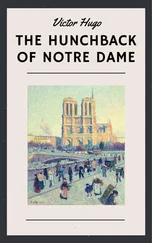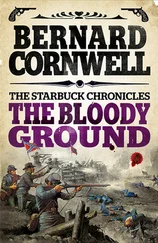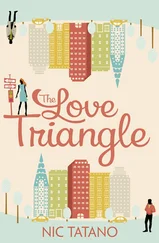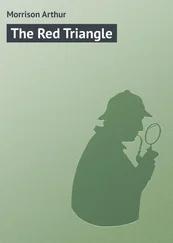I recall that in our district alone by May 1941 there was a shortage of over thirty thousand command and technical personnel. We were placing great hopes in 1941 upon the May graduating class of military schools. However, the young lieutenants arrived at their units several days before the start of war and, of course, did not have an opportunity to get their bearings and become familiar with their subordinates. [8] Bagramyan, 71.
A dearth of staff officers was felt at all command echelons. For example, the headquarters of a field army on peacetime footing was set at 268 personnel, 225 of them being officers. Switching to wartime footing, the numbers were to increase to 1,530 and 550, respectively. [9] Kiev Special , 14.
However, the wartime staffing could be achieved only with declaring full mobilization, which the Soviet government tried to avoid or delay at all costs. Calling up a number of reserve officers for short refresher training was not sufficient to alleviate staff officer shortages.
The influx of called-up reservist officers somewhat improved the situation mainly at the junior officer level. Rapid expansion of the army, combined with purges of senior and experienced cadres, resulted in inexperienced officers promoted and assigned beyond their competence level. From company level to district command, the shortfall in experience and military education drastically reduced the Red Army’s war fighting capabilities.
A prime example of this Peter Principle was Col. Gen. Mikhail P. Kirponos, who ascended to command the Kiev Special Military District in January of 1941. He had large shoes to fill, and he did not fill them well. This district, besides being the most powerful among Soviet border districts, was the most prestigious as well. Command of Kiev Special Military District was often a direct stepping stone to the highest strata of Soviet military establishment. Among the former commanders of this district were such distinguished Red Army personalities as I. E. Yakir, M. V. Frunze, A. I. Yegorov, S. K. Timoshenko and G. K. Zhukov. The first three did not live through Stalin’s purges; the last two went on to pinnacles of the Soviet military.
Kirponos’ direct predecessor was none other than the irascible Georgiy K. Zhukov, promoted to become the chief of general staff. A veteran of World War I and the Russian Civil War, the war with Finland in November 1939 found Kirponos in command of the 70th Rifle Division. Competent division commander, Kirponos was one of the few Soviet senior commanders who achieved any distinction in the Winter War. He was awarded the medal of Hero of the Soviet Union, the highest Soviet military award, for successfully leading his division through a dismal campaign.
When the deadly wave of purges decimated the Soviet military command establishment in 1937, General Kirponos rose up on the follow-up wave of promotions needed to fill the gaping vacancies. April of 1940 found him in command of a rifle corps; three months later, in a jump of two ranks, he headed the Leningrad Military District. In June 1941 came the fateful appointment to command the Kiev Special Military District, with rapid subsequent promotion to the rank of colonel general.
Similar to the officer corps, the Red Army forces were short of everything: men, combat and utility vehicles, armaments, and equipment. Despite many changes in military science and technology since World War I, one commodity remained an almost constant—the Russian, now Soviet, soldier. Other than a general increase in basic literacy levels, the typical Red Army soldier closely resembled his predecessor that marched off to war in August 1914. The proletarian makeup of enlisted personnel was paralleled by the officer corps. “By 1937 workers and peasants made up over 70 percent of command cadre; more than half of commanders were communists and Komsomol members,” wrote Zhukov in his memoirs. [10] Zhukov, 218.
Removing millions of men from the civilian sector of the economy to sweepingly increase the military negatively reflected on productivity of the Soviet economy. Further call-up of men had to be balanced against the needs of the military without straining the economy. This resulted in a majority of Soviet military units operating even below their peacetime personnel requirements.
In April of 1941, the People’s Commissariat for Defense established a new organization for a rifle division to include three rifle regiments, two artillery regiments, plus a number of separate specialist battalions, including a battalion of sixteen light tanks. On paper, the new organization of a Soviet rifle division amounted to 14,438 men. However, the vast majority of Soviet rifle divisions did not have time to upgrade to the new organization before the war started and were in transition. Even with the increased manpower of called-up reservists, a Soviet rifle division in June 1941 had over 2,300 fewer men than its counterpart German infantry division. What’s more significant, a German infantry division was much stronger in antitank weapon systems and was infinitely better equipped with wheeled vehicles.
Simultaneous with reorganization, ninety-nine rifle divisions were ordered brought up to full wartime strength of 14,483 men from peacetime establishment of 8,000 to 10,000 men. However, when the Germans crossed the border on June 22, only twenty-two of these divisions were so beefed up.
Two to three Soviet rifle divisions, plus supporting units, were organized into a rifle corps with paper strength of 51,061 men. The next higher formation in the Soviet ground forces was an army, composed of one to three rifle corps, one or two mechanized corps, and supporting units. The Fifth Army, for example, on June 1, 1941, was composed of two rifle and two mechanized corps and, including garrisons of its fortified regions, numbered 142,570 men. More were assigned in May, when reservists were called up for training. [11] Vladimirskiy, page 26.
Out of all the ground forces of the Red Army, its armored corps went through possibly the most severe upheaval during the prewar years. Initially, there was major opposition to the mechanized forces from the generation of senior Red Army officers, steeped in the long-standing tradition of the cavalry. Gradually, however, the cavalry fell into decline, as dominance of armored forces became apparent.
Unlike the meat-grinding trench warfare on the Western Front during World War I, operations conducted by the Russian Army during that conflict were of a more fluid nature. In the Civil War that came close on the heels of the world war, far-ranging cavalry played a major part in combat operations over the vastness of far-flung Russia. From the very start, there were sufficient numbers of influential and eloquent theoreticians that moved the Soviet armored forces forward in the face of traditionalist cavalry opposition.
Like England and Germany, the new Soviet proponents of tank warfare had diverging ideas on the best use of tanks on the battlefield. Some, still clinging to World War I warfare concepts, believed that tanks should operate exclusively in support of, and be subordinate to, the infantry. Others boldly advocated sweeping, far-ranging independent operations by massed tank formations. The difficulty lay in the fact that virtually no Russian officer had any combat experience in tank warfare. The few World War I vintage tanks captured from the loyalist forces during the Civil War did not see much field service and, by the mid-1920s, were largely nonoperational.
While efforts were made to begin developing Soviet tank designs and production, the Red Army cast about for a source of knowledge of tank operations. The opportunity, presented by Germans, came knocking in 1926. Germany’s top political and military leadership were actively taking steps in circumventing the Treaty of Versailles and rebuilding the German military machine. Article 171 of the Treaty of Versailles prohibited Germany from developing and producing an armored force. The Soviet Union eagerly provided a clandestine place where new ideas and secretly designed tanks could be tested and knowledge shared.
Читать дальше
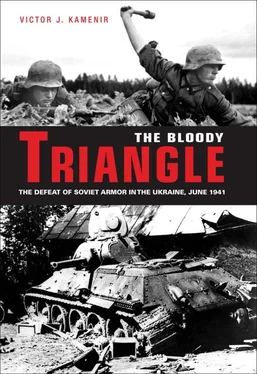
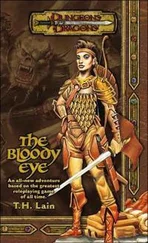

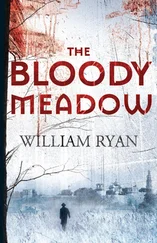
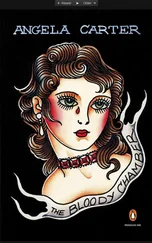
![О Генри - Социальный треугольник [The Social Triangle]](/books/405340/o-genri-socialnyj-treugolnik-the-social-triangl-thumb.webp)
